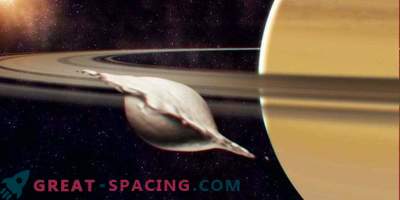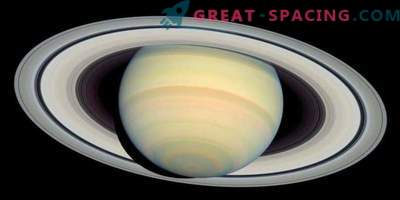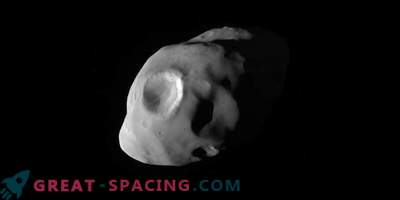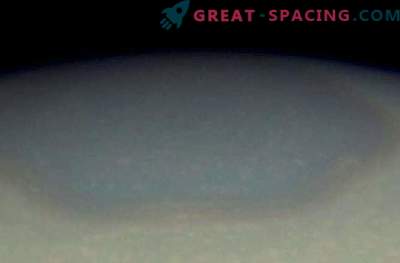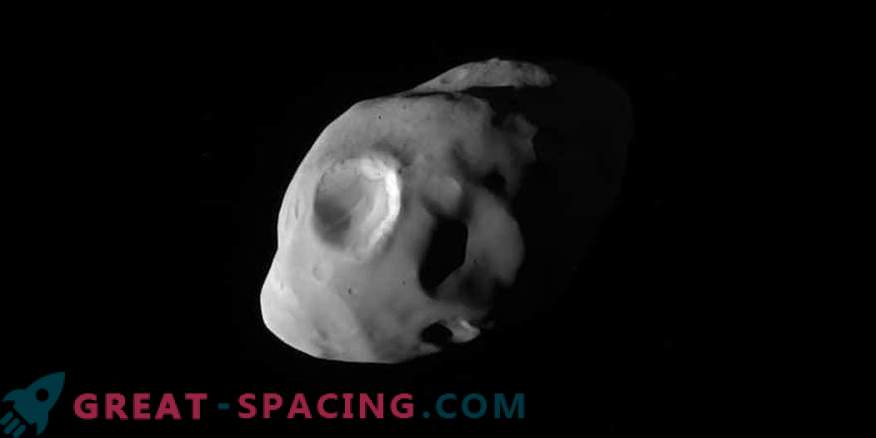
Saturn's Pandora Satellite
Saturn's lunar family includes 62 satellites, but the latest study focused on 5 small representatives: Pan, Daphnis, Atlas, Pandora and Epimetheus. Scientists were interested not only in their origin, but also in color diversity.
How did the satellites appear?
The mission of Cassini ended in 2017 with a triumphal immersion of the spacecraft in the atmosphere of Saturn, but researchers continue to explore a huge database. The latest discoveries concerned specific five small “ring” satellites. Everything indicates that these moons were formed from the rings of the planet. But it is also interesting that the rings themselves, most likely, had previously appeared from crushed satellites.
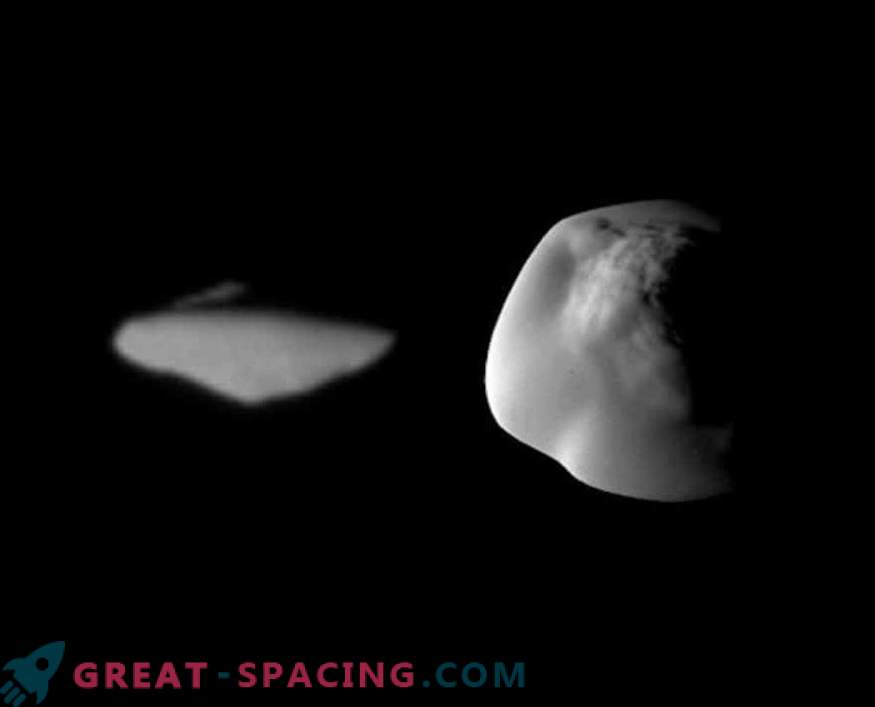
Atlas hemisphere (from north up) in scale of 1 km per pixel; 250 km per pixel from middle southern latitudes
Analysis of the Cassini probe data showed that these ring satellites are distinguished by a low level of density, which means they were created from gently colliding (without crushing) and sticking ring material. Then these little ones had to go through a lot of activities, since there are visible cracks on the surface from tidal contacts with the planet (the moons get influenced by Saturn and larger satellites, due to which they were heated and deformed).
What do the colors indicate?
An interesting find was the color variety of small satellites. Researchers believe that the color is strongly influenced by the distance from the planet. And this once again confirms the idea that these moons collect material from the rings in which they are located.
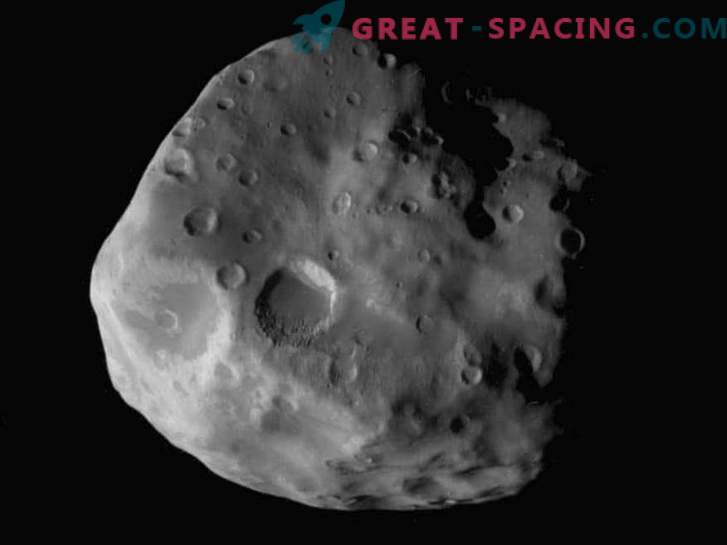
Cassini captured Epimetheus satellite at a distance of 116 km in 2015. One of the highest quality images
Pan turned the most red, and Epimeteus turned out the most blue. It is believed that the red color is created due to the proximity to the dense main rings of Saturn, enriched with organic material and iron, but the blue shows the water ice of the distant ring (the material is replenished with streams from Enceladus).
Postscript
Scientists are convinced that satellites are constantly replenished with the material of the rings (this process is not interrupted). Interestingly, the collection of ring debris can be attributed to the presence of “skirts” at the equators of Atlas and Pan satellites. The final conclusions indicate that the small satellites of Saturn are the residual material of a major destructive event that caused the formation of rings. Could face the early large moons or something huge crashed into Saturn.

